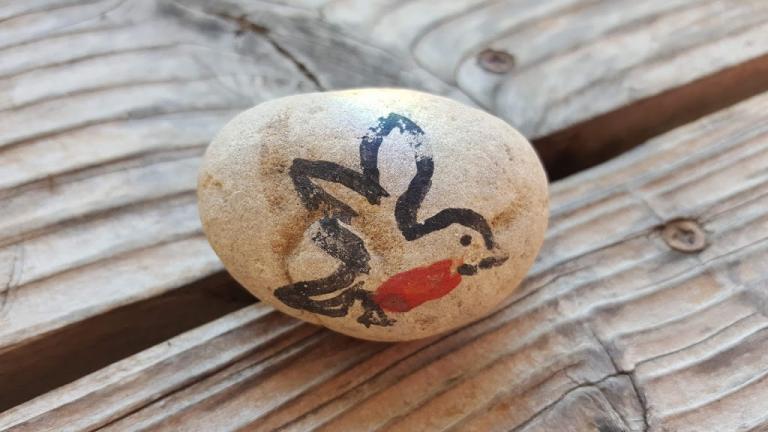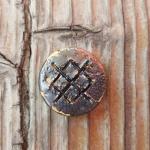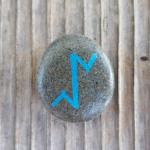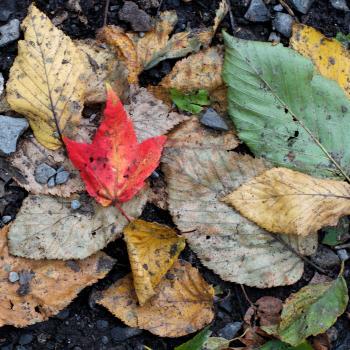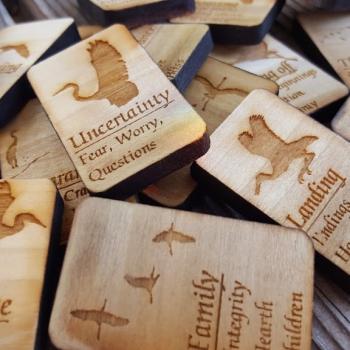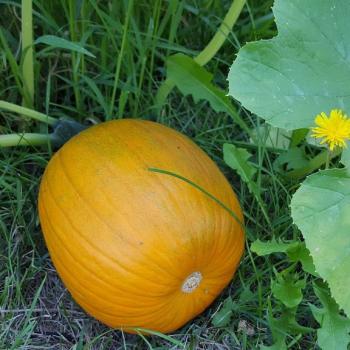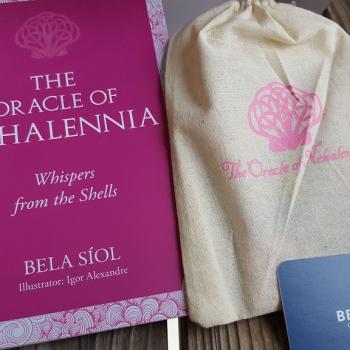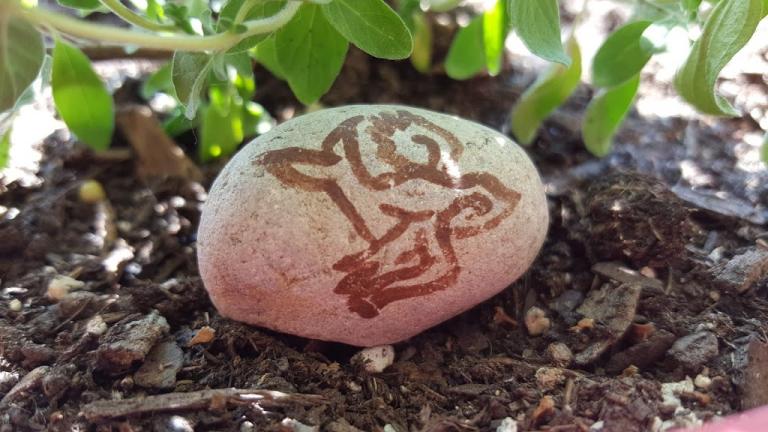 Recently I was researching stones in old Germanic religion for an article on the Northumbrian runes. I came across the Norse word hörgr, which means an altar, often made of stone. It has a cognate in Old English as well, ‘hearg’, which survives on in modern English as the word ‘harrow’. I’ve used stones to make representations of deities and spirits for years, and discovering this concept has inspired new rock art altars!
Recently I was researching stones in old Germanic religion for an article on the Northumbrian runes. I came across the Norse word hörgr, which means an altar, often made of stone. It has a cognate in Old English as well, ‘hearg’, which survives on in modern English as the word ‘harrow’. I’ve used stones to make representations of deities and spirits for years, and discovering this concept has inspired new rock art altars!
There are a few ways we can bring this practice forward into our modern times. They aren’t necessarily authentic Norse hörgr, but they are beautiful and unique. Plus, these altars are very low cost and don’t require any mass produced statuary made in questionable conditions.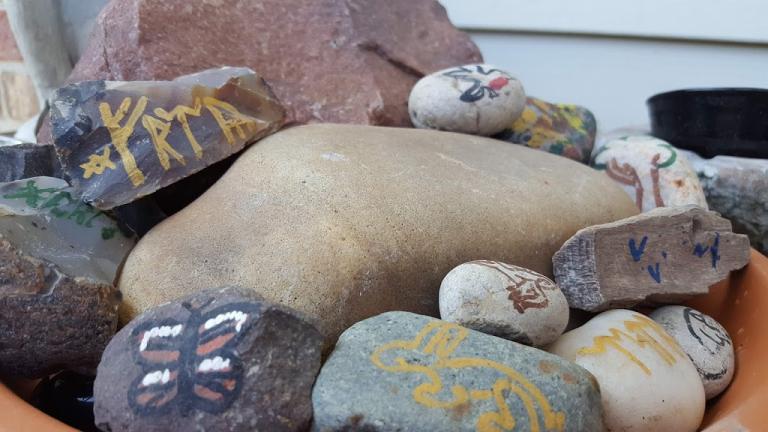
A Simple Stone Altar
In the Poetic Edda, Freyja speaks of one of Her worshippers: “He made me a high altar of heaped-up stones: the gathered rocks have grown all bloody” (translation from Andy Orchard). This tells us one use of an altar stone: to pour offerings over. I have always found this a rather beautiful notion, and have been pouring offerings over a large, but portable, stone for years. Like an offering bowl or special hole in the ground, I feel the stone has become sacred over the years.
For this, one could use a medium sized rock as I do. If you’re in a more permanent place, I think it would be wonderful to have a very large flat-topped rock. It could be used as an altar to perform ritual at, and also pour offerings over. Another option would be a pile of relatively smaller rocks, stacked together in an aesthetically pleasing way.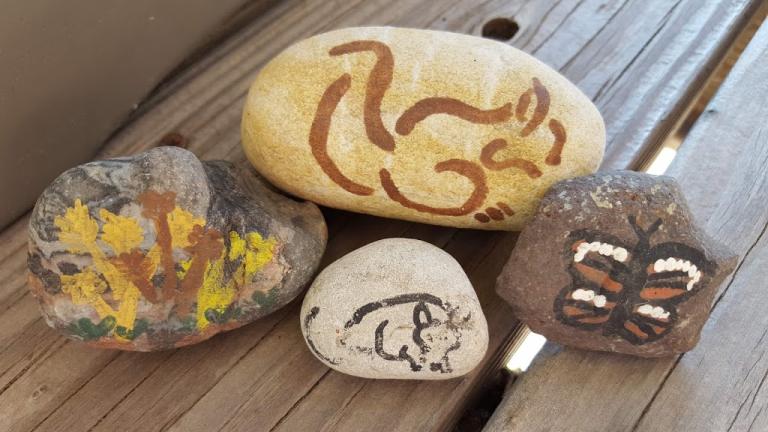
Get Creative With It
Stones can also be used as representations for deities and spirits. This can be done with painting or engraving, and can be as simple or as complex as your artistic ability allows. I’m not a particularly talented artist, so many of my stones simply have the names of deities on them, often in runes. Many plants and animals are easier to paint or draw than human-like deities, though. I find that googling “how to draw a simple [whatever you’d like]” can help your art quite a bit.
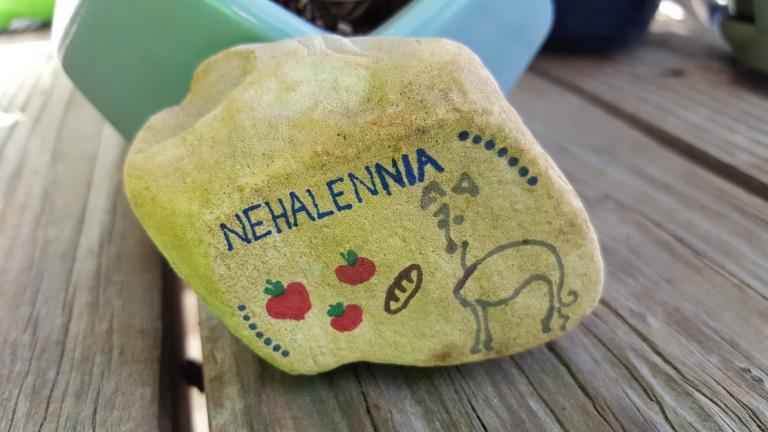 Another option instead of simply writing a deity’s name is to include some of Their attributes or attested iconography. A stone for Freya might have a necklace, Thor’s a hammer, or Frey’s a golden stylized boar. I made a stone for Nehalennia recently that featured a greyhound and apples, things found on plaques dedicated to Her a thousand years ago.
Another option instead of simply writing a deity’s name is to include some of Their attributes or attested iconography. A stone for Freya might have a necklace, Thor’s a hammer, or Frey’s a golden stylized boar. I made a stone for Nehalennia recently that featured a greyhound and apples, things found on plaques dedicated to Her a thousand years ago.
These stones can be placed individually on your altar just like statues or plaques. The fun things about stones, however, is that they can also be stacked together in a cairn-like configuration. I have dedicated my outdoor altar to many deities and spirits, so many that finding individual places for each stone would be difficult. I love having a decorative cairn that features each by name or sight.
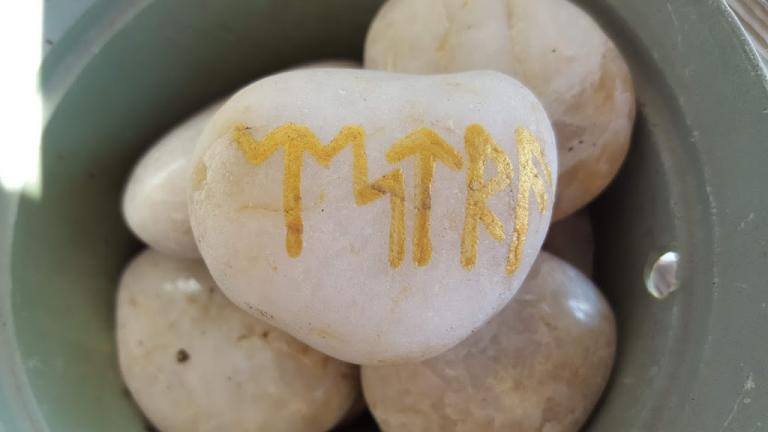 Environmental Considerations
Environmental Considerations
If you are planning to leave the stones out in nature where the wind and rain will get to them, be mindful of the materials you use. Acrylic paint will wash away over time and will enter the soil or water table where you live. I found this out the hard way! You can varnish the stones to help prevent this from happening, but this greatly takes away from the natural feel of the stone. I have decided to use my painted stones only on my porch or indoors.
If you choose to use permanent markers, I believe the ink will not run or bleed into the environment. Another option is to use a stone engraver, which will not leave behind any materials, but will also result in beautiful decorations.
It’s especially good if the stones you use are found locally and involve little processing or mining. Locally-sourced stones have a connection to the land that will not come from materials purchased elsewhere. Fellow Patheos blogger Astrea Taylor pointed out to me that when sourcing rocks, do not gather or move rocks from in a stream bed. This can disturb the environment of the waterway – better to gather your stones from the dry land.
Putting your own energy into the stones by painting or engraving them will also build a connection. Purchasing decorative stones from other artisans who hand make their products is also a good option. They may not be local to you, but the magical energy of these items is still powerful.
